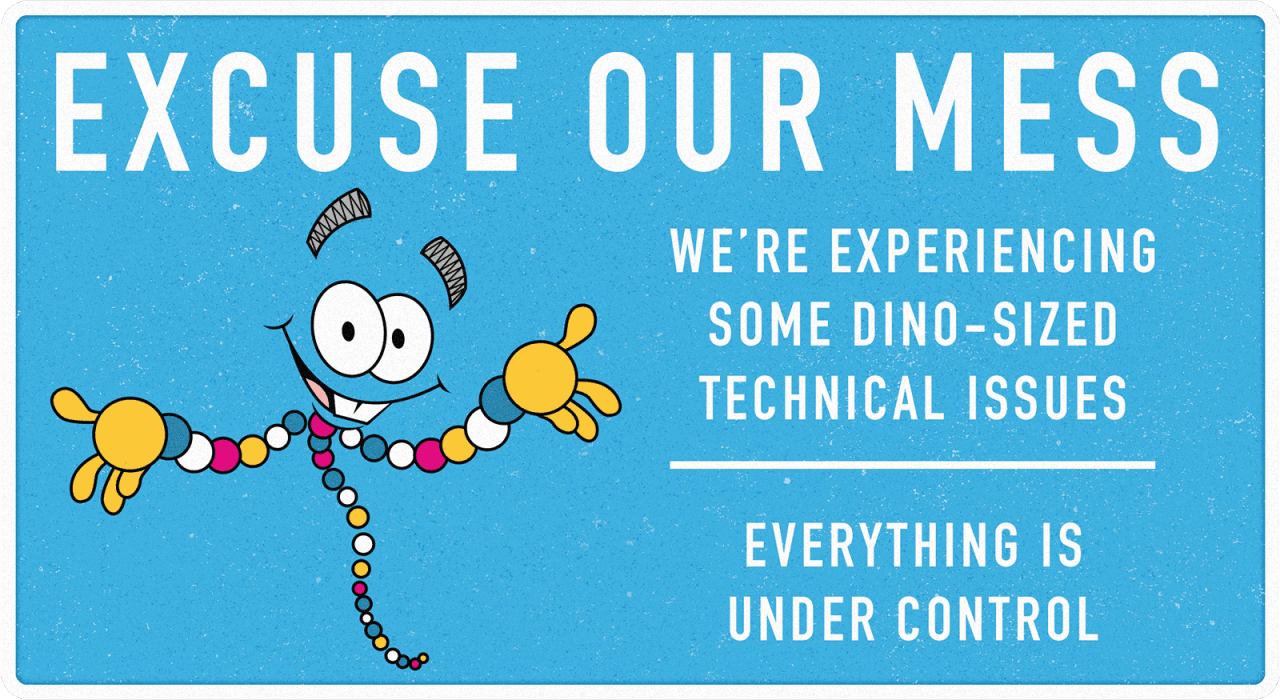
“Inevitably, underlying instabilities begin to appear.” Ian Malcolm, The Main Road.
One might assume the collapse of Jurassic Park (1993) and Jurassic World (2015) are similar sorts of events. The former descends into chaos as a result of Dennis Nedry’s attempt to misappropriate embryos for InGen’s competitor Biosyn. The second follows from the inadvertent release of the Indominus Rex. But from a structural standpoint, each sequence stems from fundamentally different circumstances. The clearest difference comes from the meaning attached to the events which precipitate the initial catastrophe. In Jurassic Park this sequence is not the cause of failure itself. Instead, it serves only to reveal those failures already inherent in the underlying design—that the Park’s captives were already able to evade any of the structural limitations their makers had attempted to impose. This is as apparent in the film as it is in Crichton’s novel, where the steady spiral towards utter collapse is punctuated only by brief periods of (false) hope. Jurassic World, on the other hand, seems to be a far more successful park than its predecessor could have ever hoped to be.
Nothing here is natural, Dr. Wu rants, and it is hard to disagree. Jurassic World feels remarkably artificial. It is an environment that has been completely colonized by capitalism—from the hermetically sealed safari of the gyrosphere to the procession of shops like Pandora and Brookstone on the visitor promenade. It seems (at least until the events of the film) to be a world that is both environmentally safe and economically successful. Most significantly, it appears to be a completely closed system—the very thing that the first park had suggested was impossible. This explains why, although ostensibly orchestrated by actors internal to the system, the havoc wreaked by the I. Rex functions—instead—as an almost external threat to its stability. This is not to suggest that the system is not still fragile. Certainly the events of the film (particularly with regard to the destruction of the aviary) maintain that inherent fragility.
But the final moments of each film suggest strikingly different futures. Jurassic Park suggest the ultimate instability of human control over the natural world, the futility of the attempt in all its forms. Jurassic World demands instead that we fashion a more controlled world—having demonstrated the supreme power (both good and bad) that that control can afford.
They’ve patented, packaged it, and slapped it on a plastic lunch box. Now they’re selling it.


